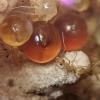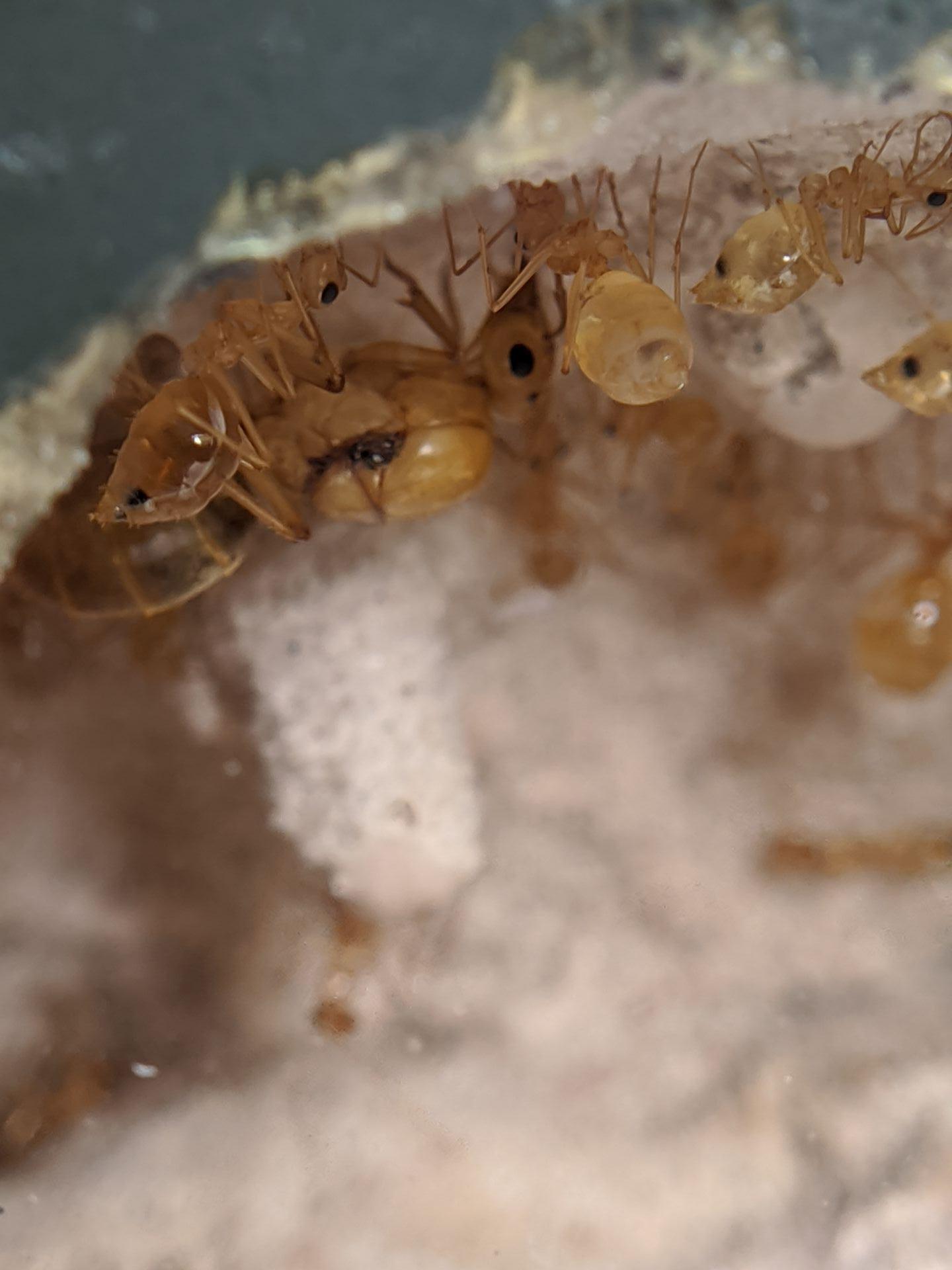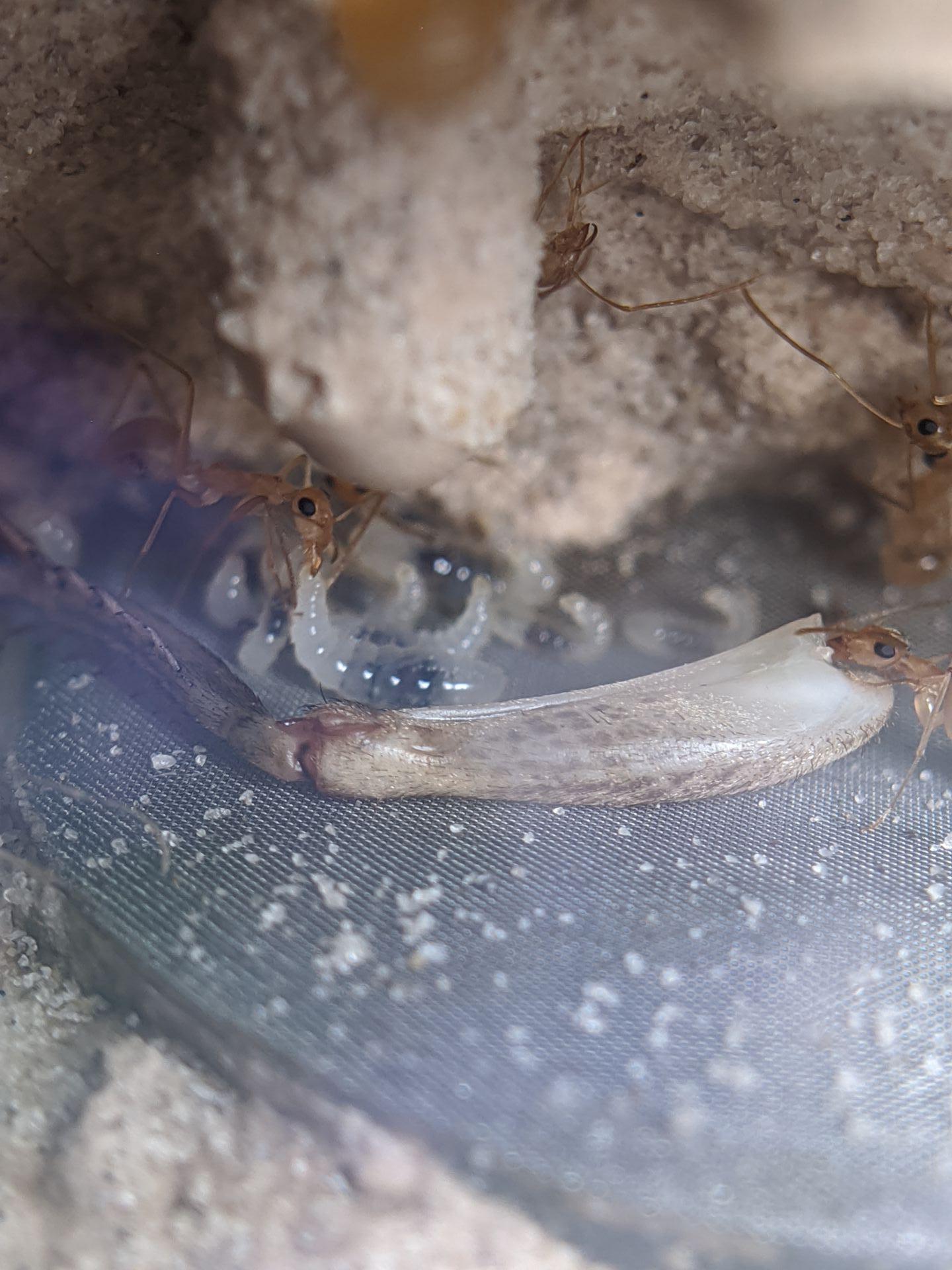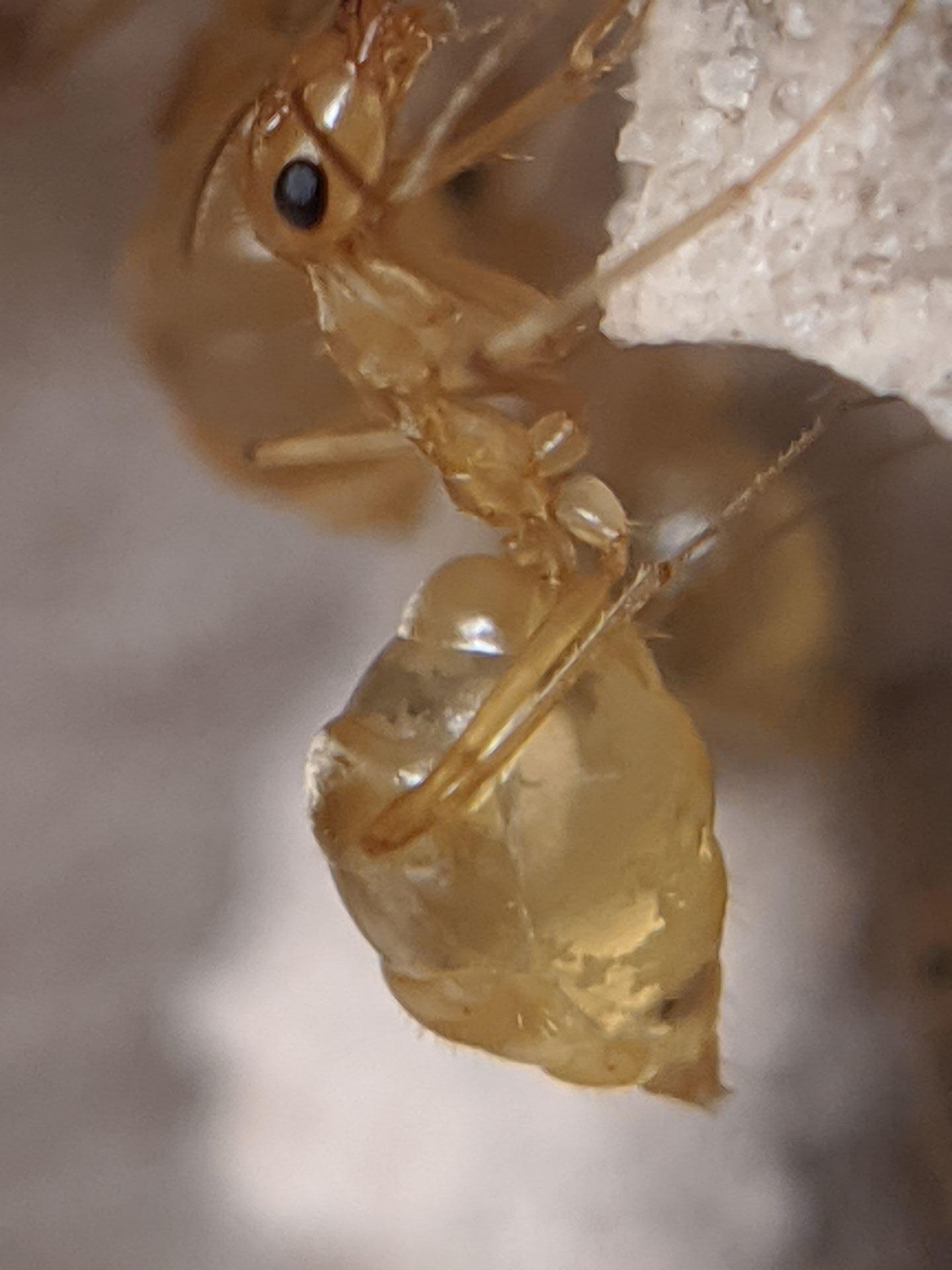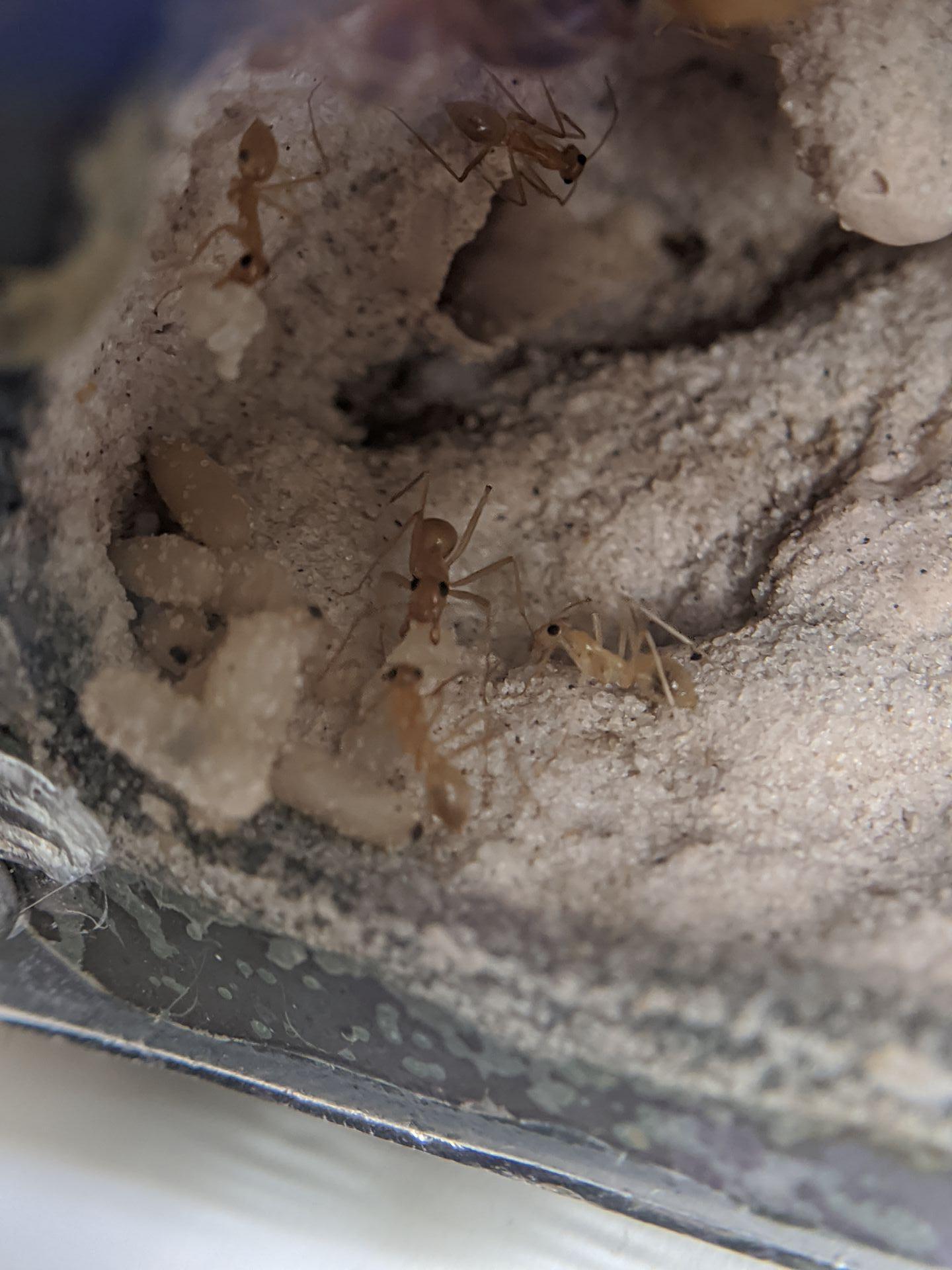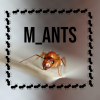10/23/2020:
Despite its large size, this species is known as one of the most challenging to raise in California. Fortunately for me a friend gave me three slow queens as well as the broods and nanitics of several others which allowed me to skip founding, the most difficult part of raising this species. I combined the workers, brood and two fertile queens into a single tube which went surprisingly well and with no aggression. I'm guessing that's a consequence of being a species with queens that expire faster than milk. The colony accepted and ate Drosophila hydei flies as well as swelling up with honey. About a week later I noticed that the workers had singled out the weaker queen and were harassing her by pulling on her legs. This is an early sign that they plan to kill her so I moved her into her own test tube with honey. I later dumped this colony into an old horizontal mini-hearth. Although I was initially worried that the queen would not be able to fit into the small nest entrance they moved in overnight without any issues. They got a honey feeder and a water feeder that they emptied surprisingly quickly for a desert species. I have had success feeding them fruit flies and rice-flour beetle larvae, which they prefer by far. Yesterday, however, I discovered their first queen dead inside the nest and covered with white mold and moved in their backup queen whom they promptly escorted inside the nest. They currently have seven workers, ten pupae and maybe twenty medium and large larvae. Besides the sudden queen death syndrome and general fragility, these ants are a lot easier to care for than I'd thought. They are fast growers, easily merge, don't seem to bothered by light and have enjoyed both feeders I gave them. They are also hands down the most adorable ants I have ever seen. Here are some pictures.
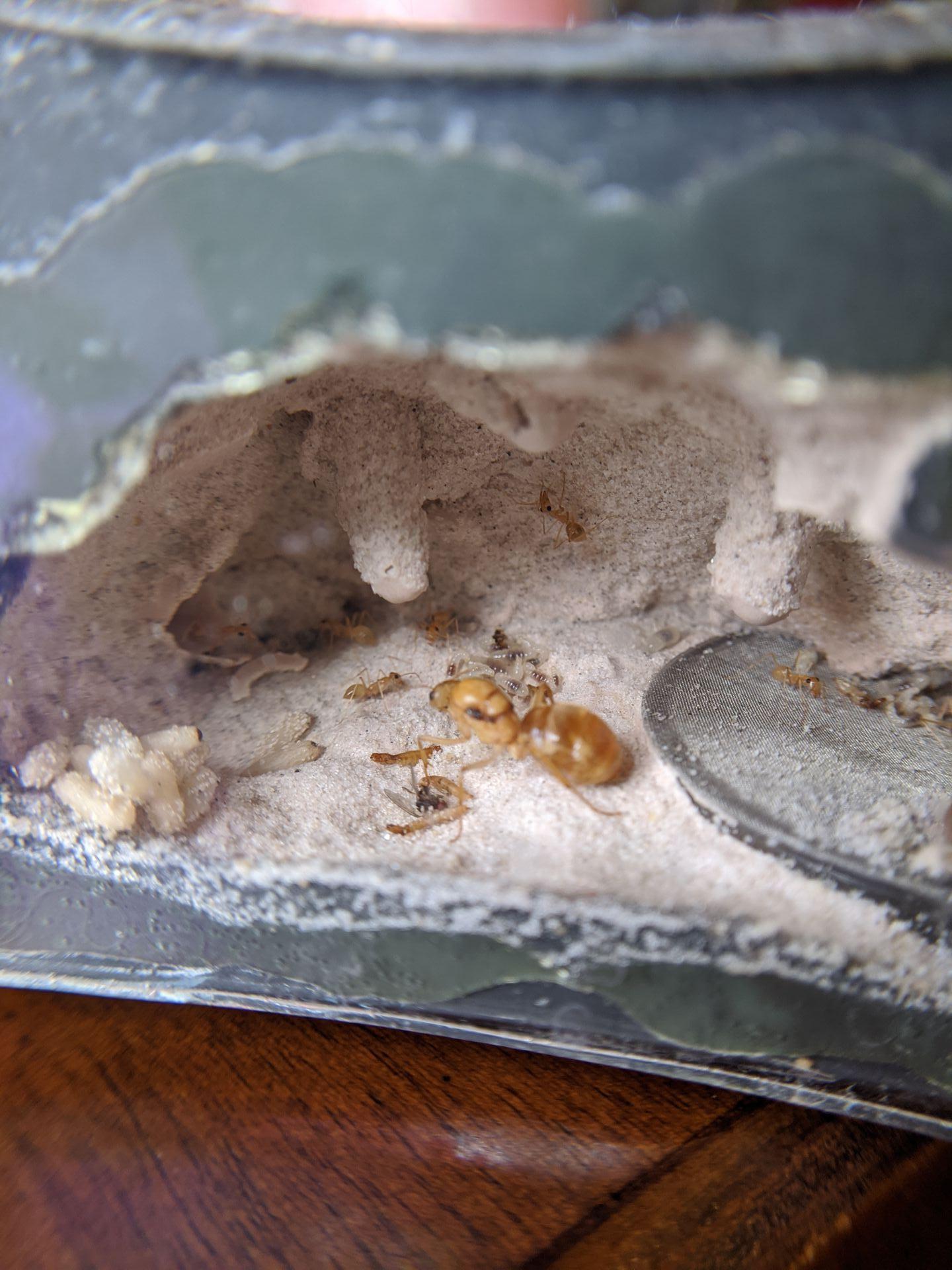
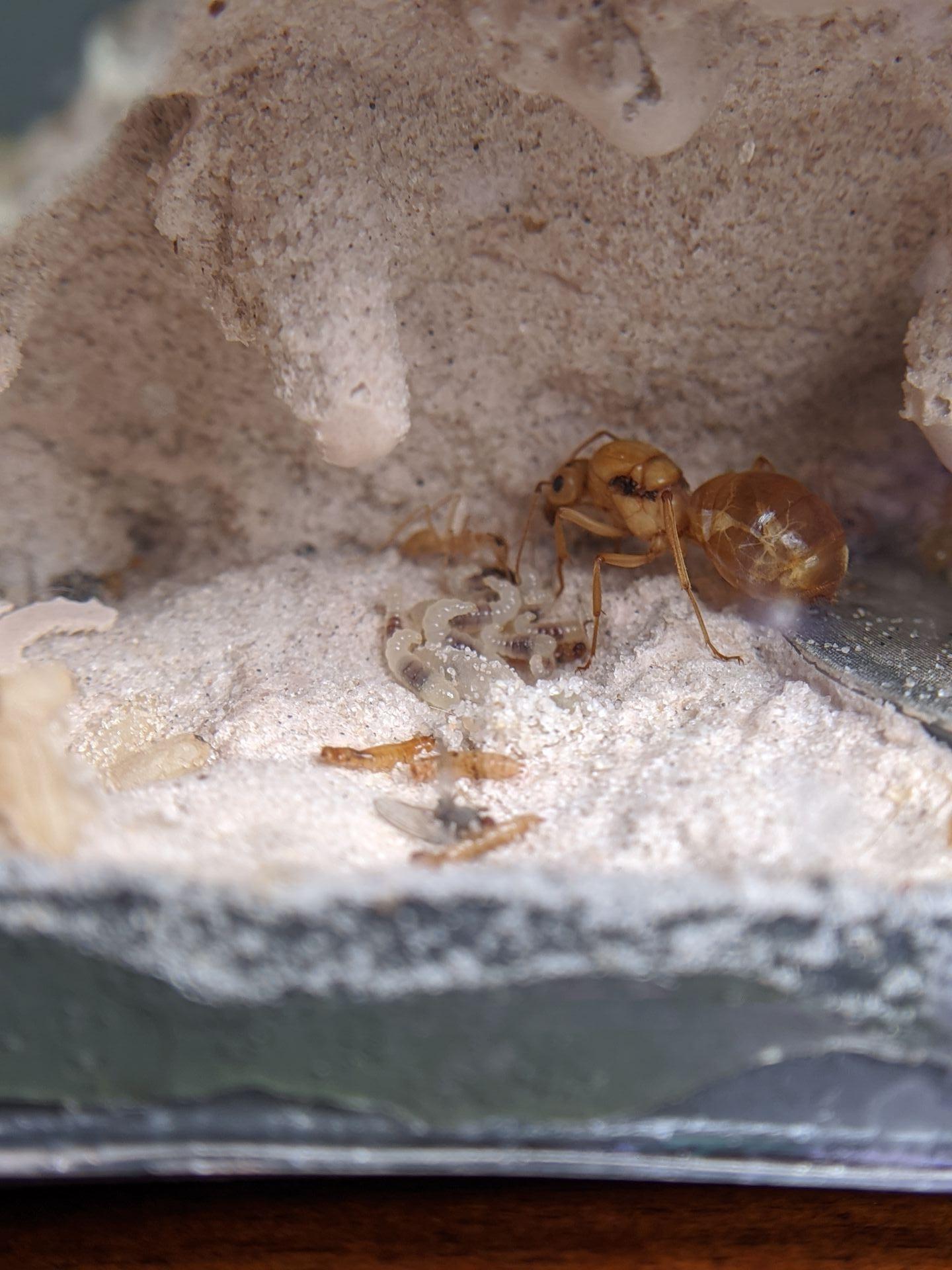
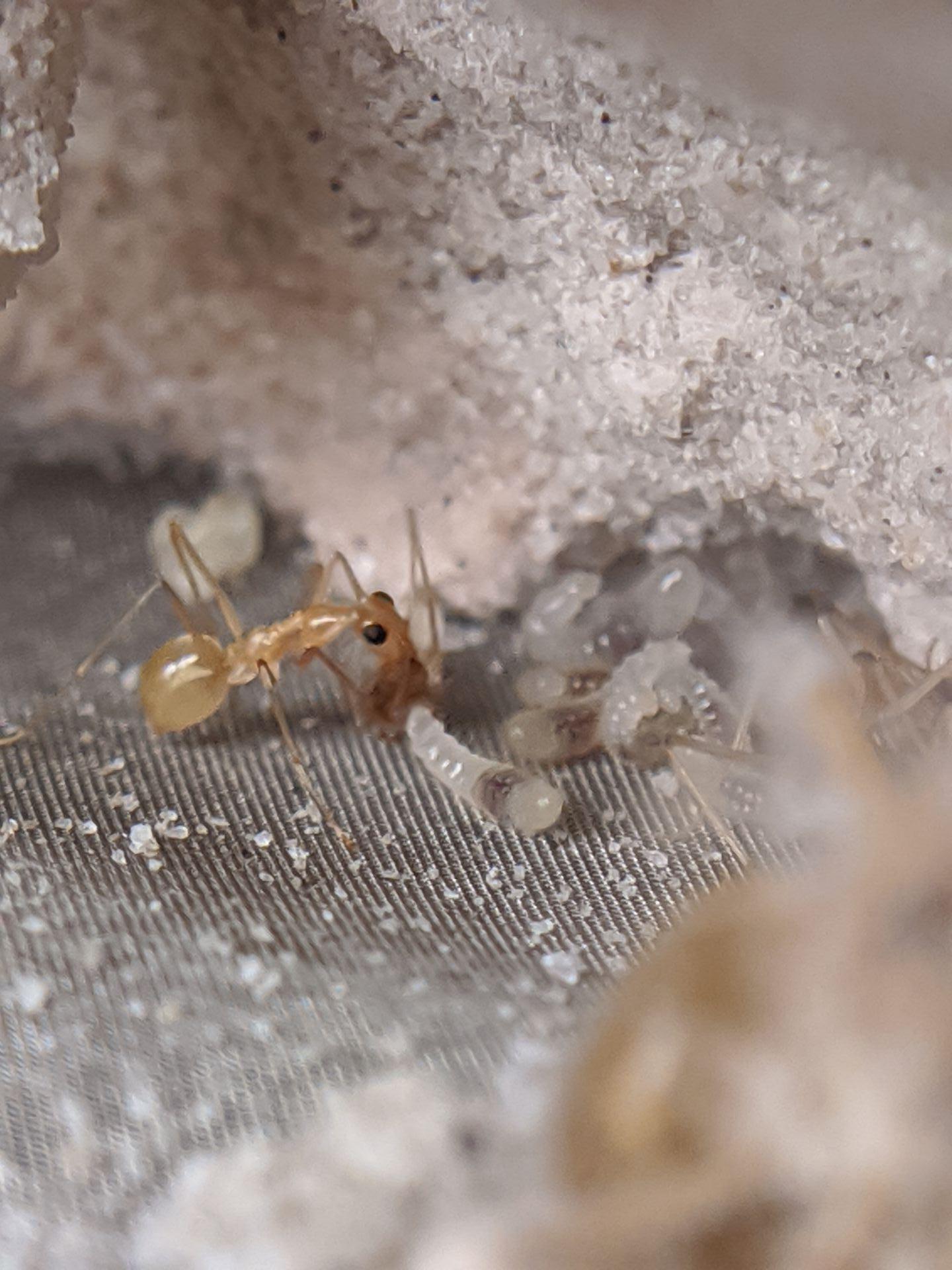
Edited by TestSubjectOne, February 13 2021 - 9:36 PM.



